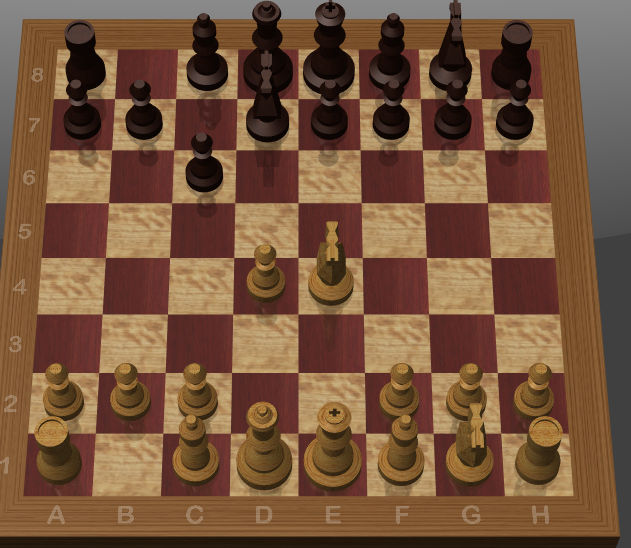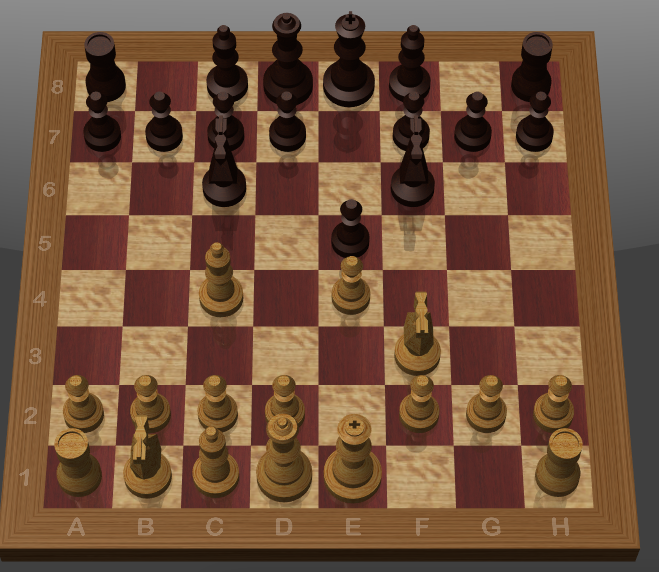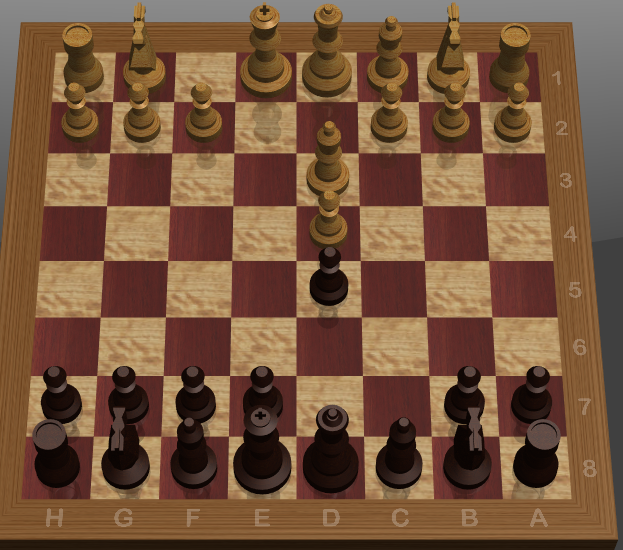This is a defense for black that tries to protect f7 while preventing black from getting cramped.
It starts out:
- e4 c6
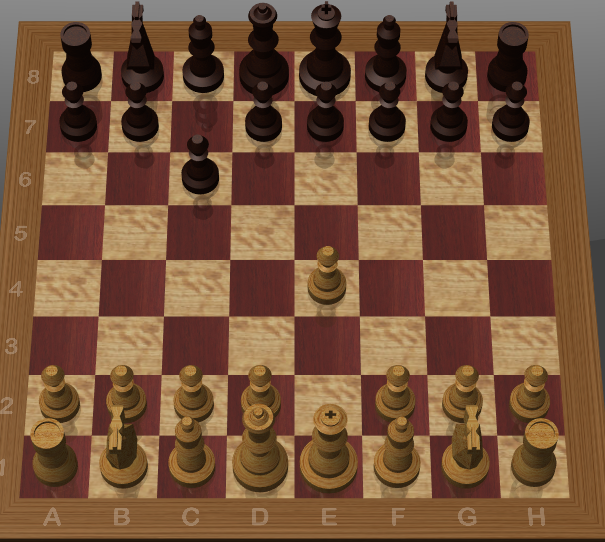
After 2. d4 d5, white has several possibilities: maintain tension in the center, attack (e4xd5), simplify, or set up a cramping pawn chain. Today we’ll cover maintaining tension in the center.
3. Nc3
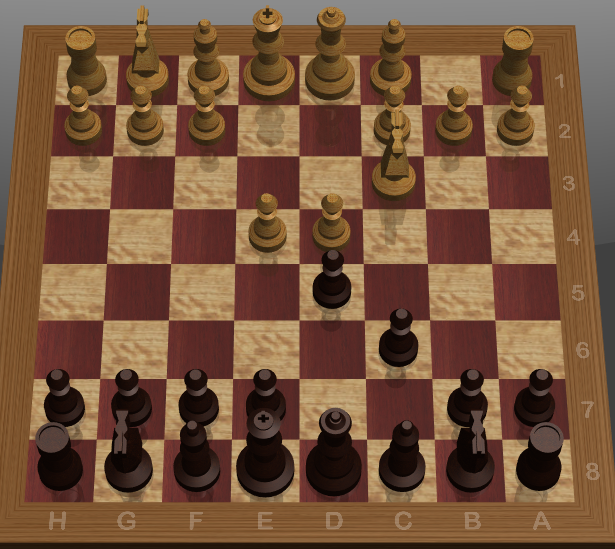
From here:
3…d5xe4
4. Nxe4
White is challenging black’s position in the center while developing. There are three main lines for black from here:
- Challenge the knight
4… Nf6
5. NxN+ g7xN
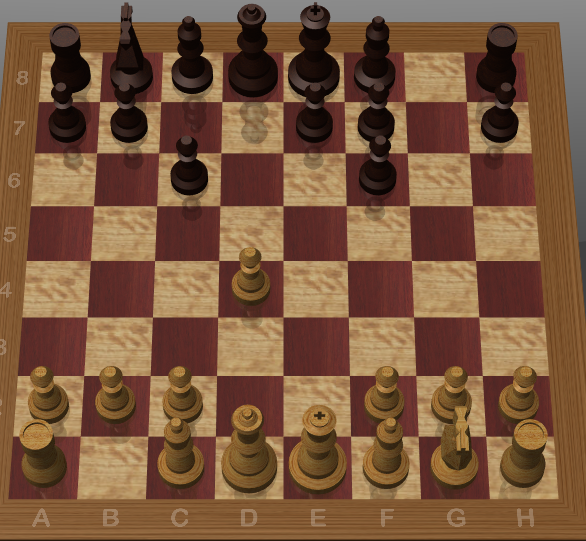
White has a pawn majority on the queen side, which is a slight advantage that must be exploited very skillfully through the end game.
2. Avoid the pawn structure issues
4. Nxe4 Bb5
5. Ng3 Bg6
Black attacked with the fourth move and avoided the pawn structure issues. White counterattacked with move 5 and black lost time and initiative by having to move the bishop back. Black is reduced to a passive role for awhile which white can exploit.
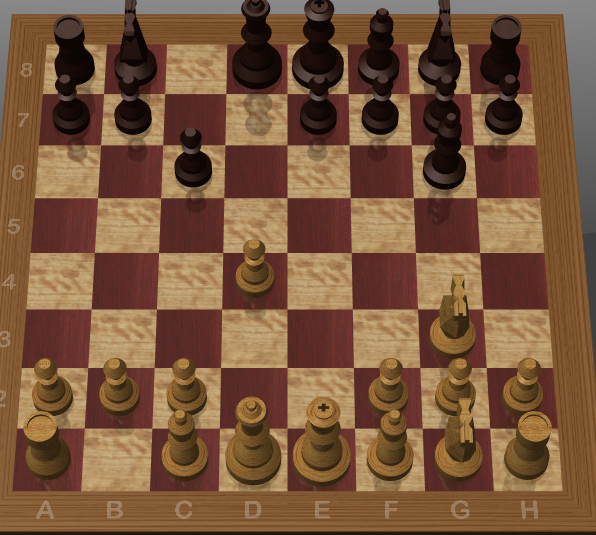
3. Go passive and wait
For this, black responds to:
4. Nxe4 with Nd7
This has the potential for trouble for black. White can pin with Bg5 and prevent e5 until other moves are made first. Even if black moves e5, d4xe5, Nxe5, and QxQ keeps the black king from being able to castle. As a result of all this, maybe not the strongest defense for black.
